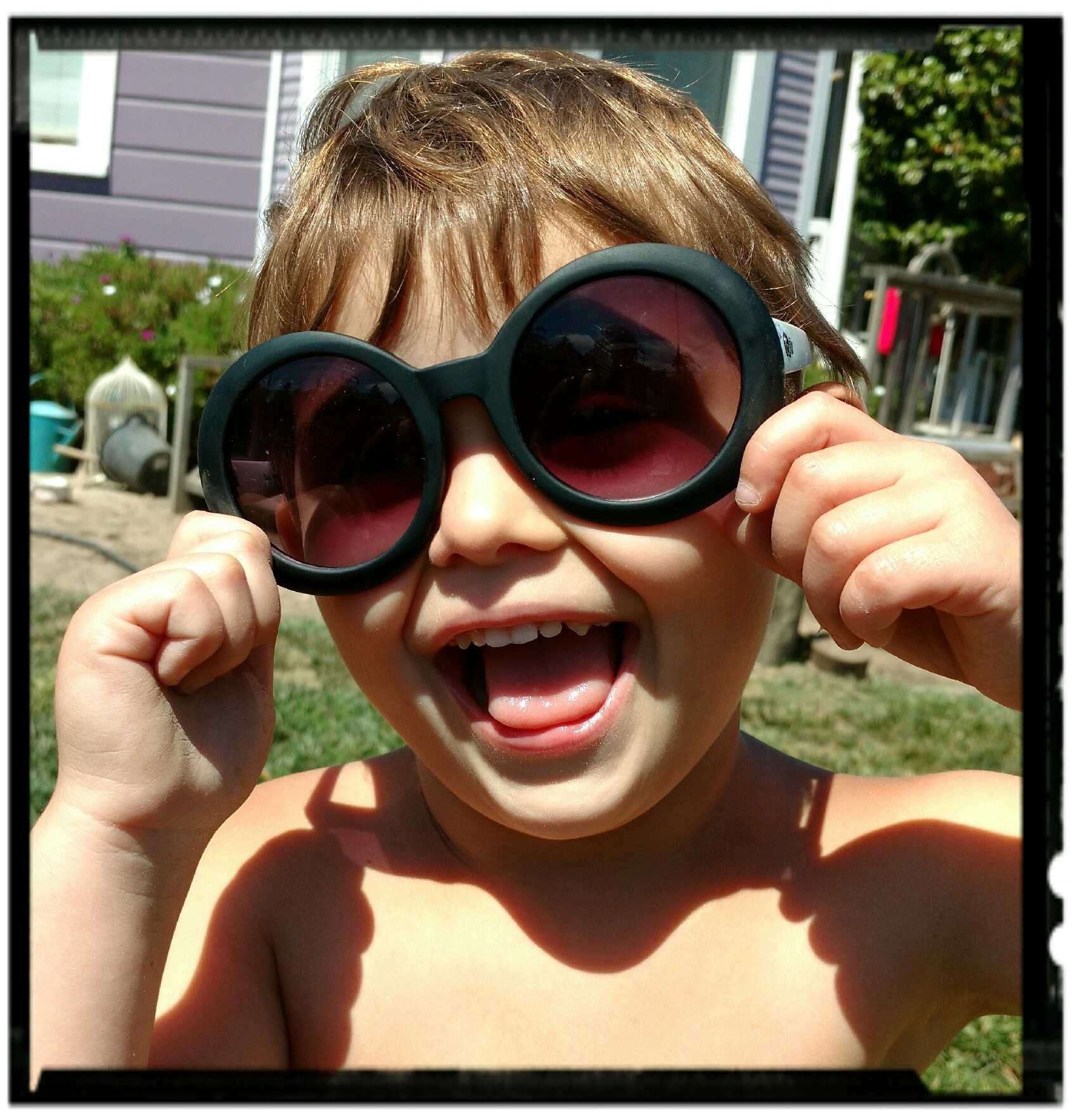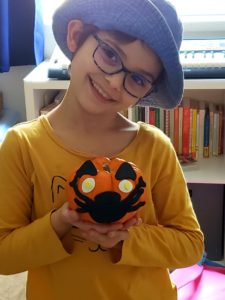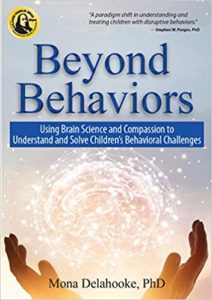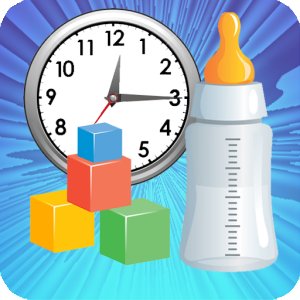It’s been a long time since I’ve written a post. My “baby” is now eight years old, and she inspired this post. I am sharing a recent conversation we had, with her permission, “because all adults should know…”
“Mom, is it weird that I still suck my thumb?”




